
Waterproofing
Making an item or structure waterproof or water-resistant, or repelling the intrusion of water under predetermined conditions, allows it to remain mostly unaffected by water. Such products can be employed in damp settings or at specific depths underwater.
At the same time, You can also read our article titled What is Wall Waterproofing, How is It Made? and have more information about wall waterproofing.
What is Waterproofing?
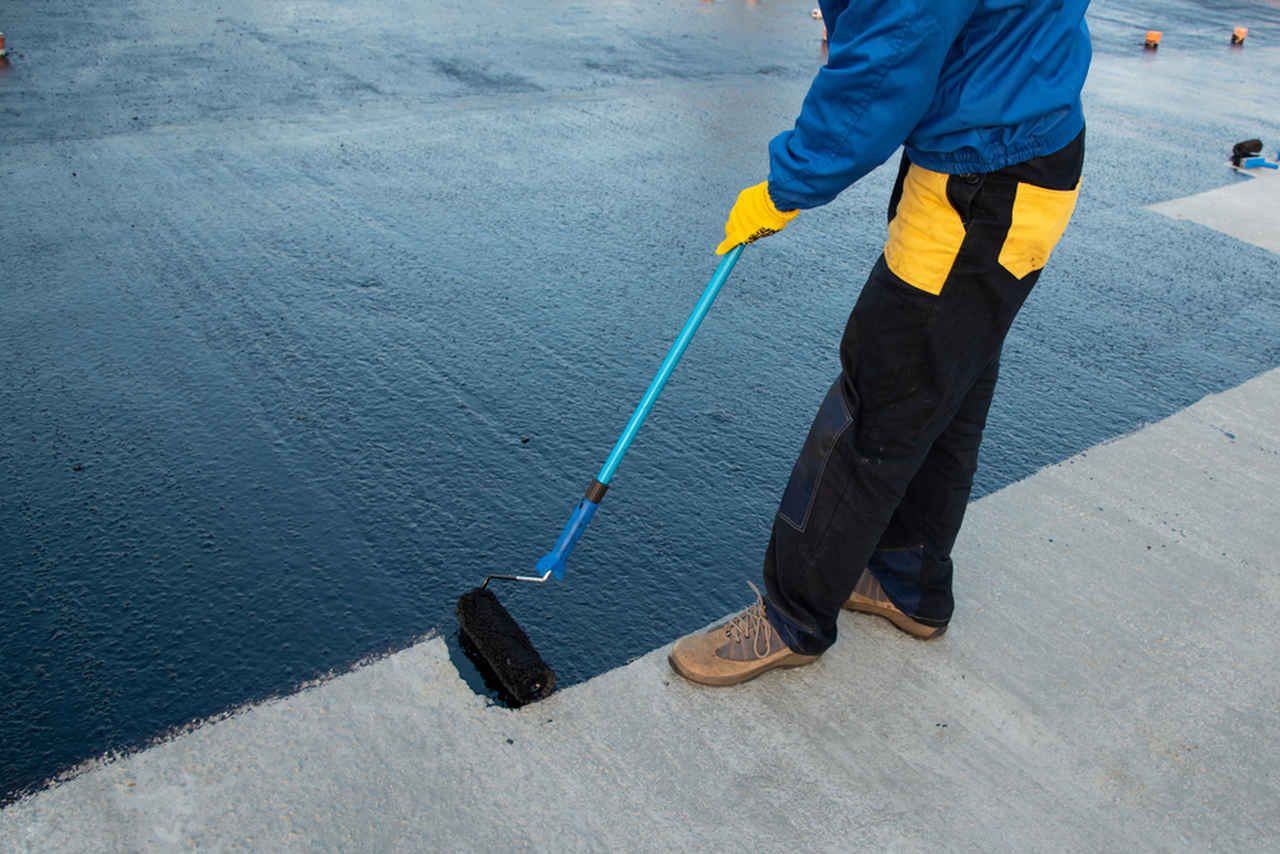
Before explaining what are waterproofing materials, it is necessary to explain the concept of waterproofing. Waterproofing is the process of making an object or structure waterproof or water resistant. Thanks to this process, the insulated surface or structure resists water ingress.
In buildings, waterproofing creates a barrier to prevent water passage on surfaces that have high contact with water such as foundations, roofs, and walls. Thanks to waterproofing, building surfaces are strengthened and waterproofed. In short, waterproofing is a protective measure that makes a surface water-resistant and prevents liquids from penetrating undesirable surfaces under external forces such as hydrostatic pressure and capillarity.
What are Waterproofing Materials?
görsel:https://www.shutterstock.com/tr/image-photo/paint-roller-waterproofing-reinforcing-mesh-repairing-2009977970
It is possible to answer the question of what are waterproofing materials with many different products on the market. Each of these products has different usage areas. If the correct type of waterproofing material is not applied to the surfaces, the problems that will be encountered not only reduce the comfort of living spaces but also reduce the durability of the structure. For this reason, it is imperative to apply the right insulation material to surfaces that are in high contact with water.
1. Cement Based Waterproofing Materials
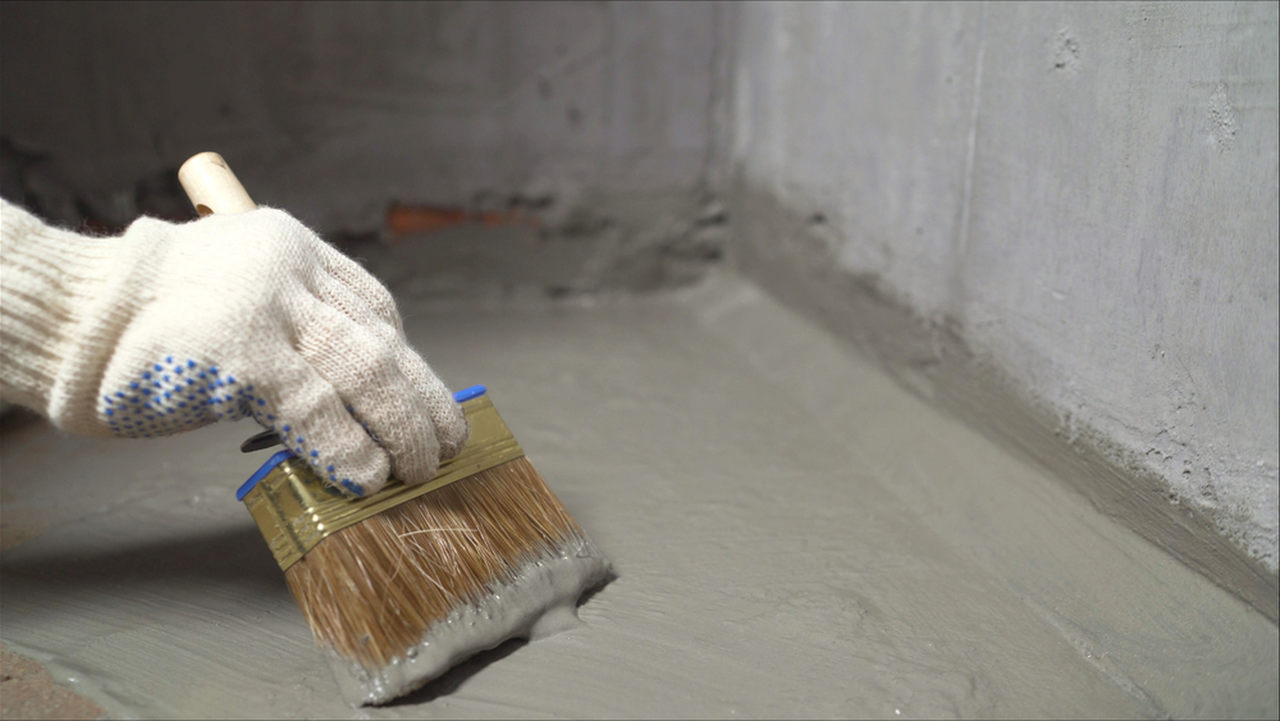
Cement-based waterproofing is the easiest waterproofing method used in construction projects. It is easy to apply by mixing cement-based waterproofing materials.
This method is generally used in areas that are in the interior of the building and have high contact with water, such as toilets and bathrooms.
This method is generally used in areas exposed to high pressure such as pools and water tanks, and in humid places with high contact with water such as terraces, bathrooms, and basements. Cement-based waterproofing usually has full or semi-resilience but is not exposed to sunlight and weather conditions as it is used in areas such as toilets and bathrooms.
Cement-Acrylic Based, Two-Component, Full-Elastic Waterproofing Material - CHIMEX 127, included in Baumerk product portfolio, is a cement and acrylic based, two-component water and moisture insulation material that can be applied internally or externally on concrete, curtain, and cement-based plasters against leakage and surface water. It is a good example of cement-based waterproofing materials by providing insulation.
2. Liquid Waterproofing Membrane Materials
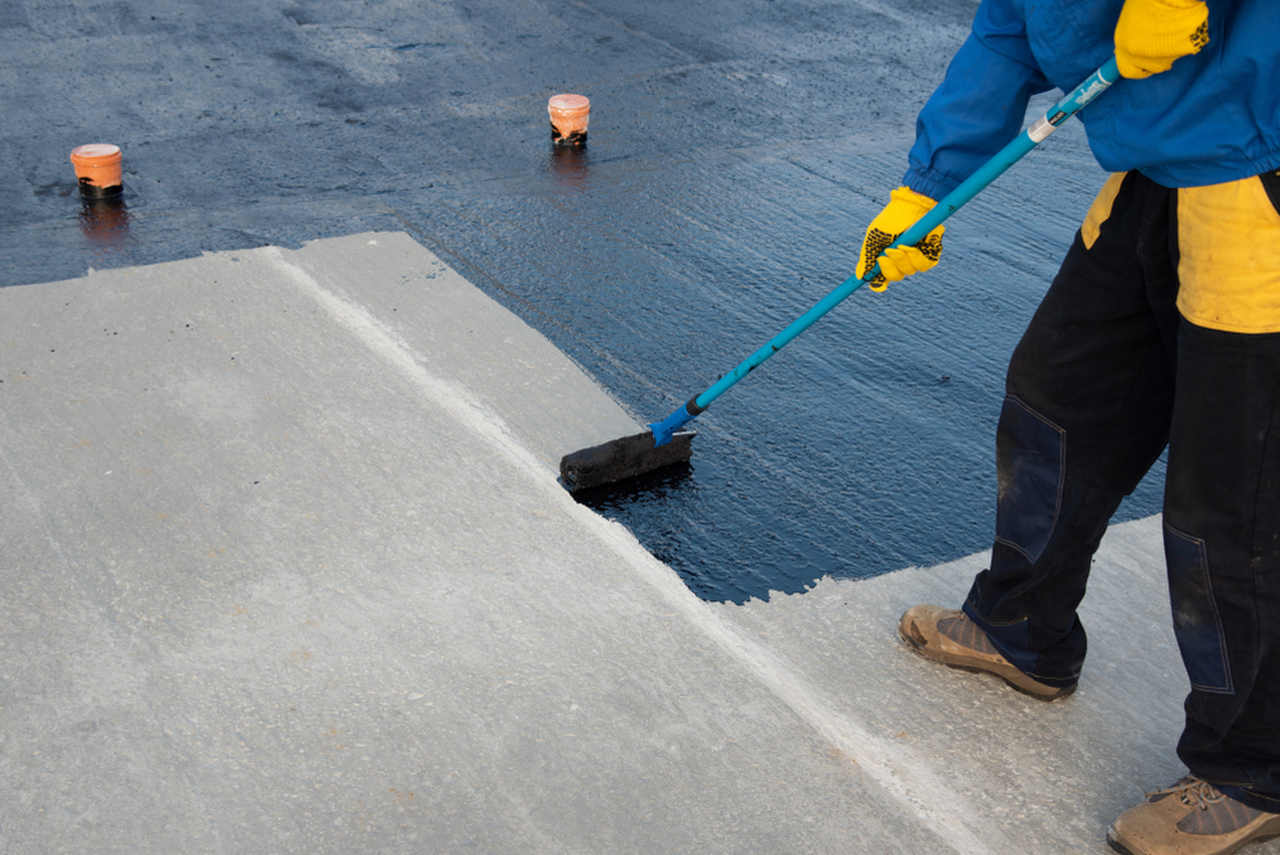
Another frequently preferred waterproofing method is liquid waterproofing materials. The liquid waterproofing membrane method is a thin coating, usually consisting of a primer coat and two coats applied by spray, roller, or trowel. It offers more flexibility than cement-based waterproofing types. For this reason, it is used more intensively today.
The durability of the waterproofing coating depends on what kind of polymer the manufacturer uses in the construction of liquid waterproofing. The liquid waterproofing membrane may be manufactured from a spray-applied liquid membrane consisting of polymer-modified asphalt. Separate grades of acrylic, hybrid, or polyurethane liquid membranes for trowel, roller, or spray are also available from a variety of manufacturers.
Bitumen-SBS Rubber Based, Elastomeric Liquid Membrane - BLM 117 takes its place on the shelves as a reliable choice thanks to its superior protection against water and moisture.
3. Liquid Bituminous Membrane Waterproofing Materials
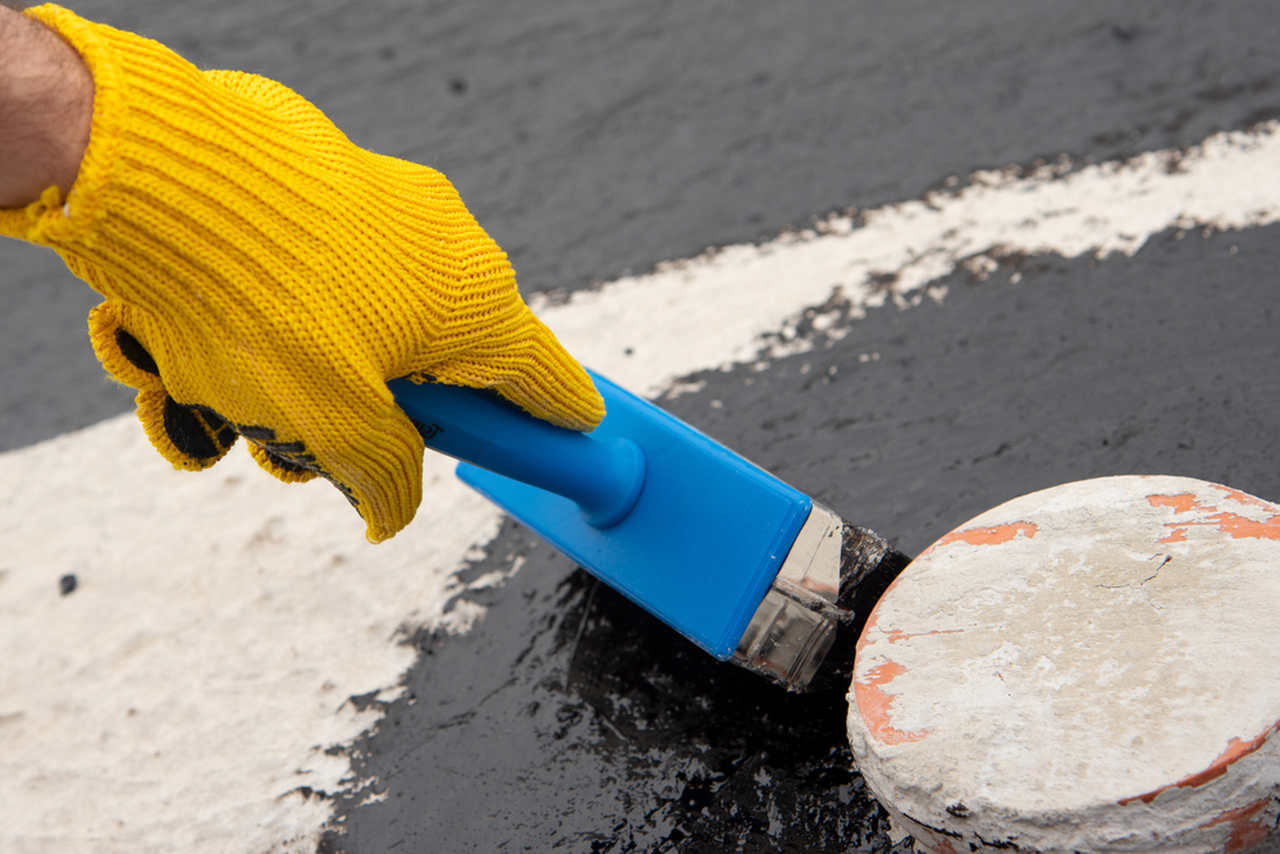
Liquid bituminous coating is a type of coating used for waterproofing and flexible protective coating in accordance with its formulation and degree of polymerization. Its flexibility and protection against water can be affected by the quality of the polymer grade as well as the fiber from which it is produced.
Liquid bituminous pavement is also called asphalt pavement. The most common applications of liquid coatings include areas under the screed. It is an excellent protective coating and waterproofing material, especially on surfaces such as concrete foundations.
Liquid bitumen coating is made using bitumen rubber-based materials and is used on all horizontal and vertical surfaces. It is preferred for external insulation of areas such as foundations, cellars, and basements, and for the isolation of closed areas in the interior of the house such as bathrooms, kitchens, and toilets.
4. Membrane Waterproofing Materials
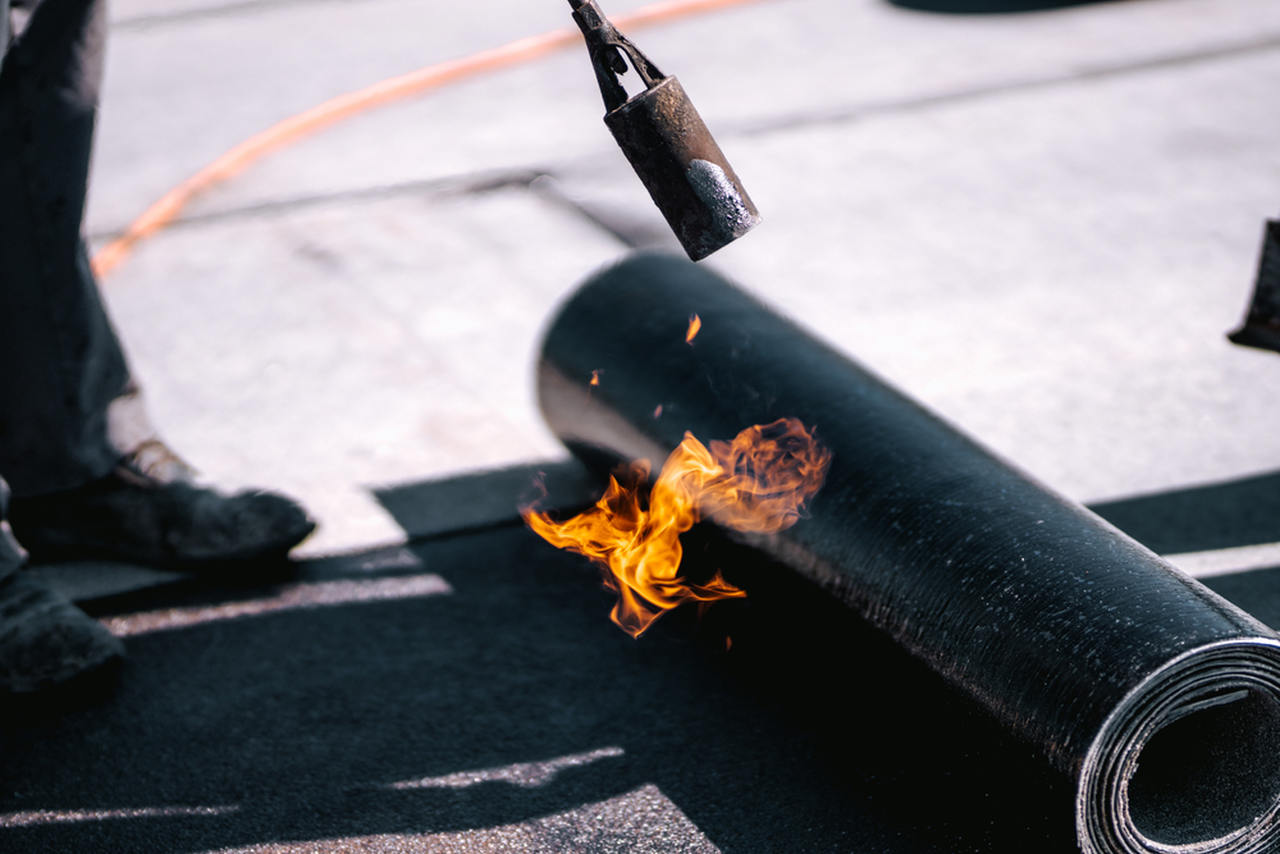
Membrane waterproofing materials are one of the most preferred waterproofing materials in the construction industry. This material; is also very preferred in roof insulation applications with its ease of use, and price/performance advantage. Membrane waterproofing covers are applied with the help of a torch flame source and thus adhere to the surface very well. Membranes that protect the building against all possible liquids and are sold in rolls can be produced in different thicknesses and models according to the area of application.
It is used under the coating in wet areas such as terraces and sloping roofs, balconies, flower beds, garden terraces, retaining and basement walls, sewage treatment plants, water tanks, ponds, swimming and ornamental pools, kitchens, bathrooms, WCs. It is also used in areas such as gardens and terraces that come into contact with the soil, thanks to its production as resistant to plant roots. Thus, it is used on the garden and terrace roofs of buildings that come into contact with the soil.
Thanks to the waterproofing membranes it offers, Baumerk ensures that you have the same insulation quality in your building projects for long periods.
5. Polyurethane Liquid Membrane Waterproofing Materials
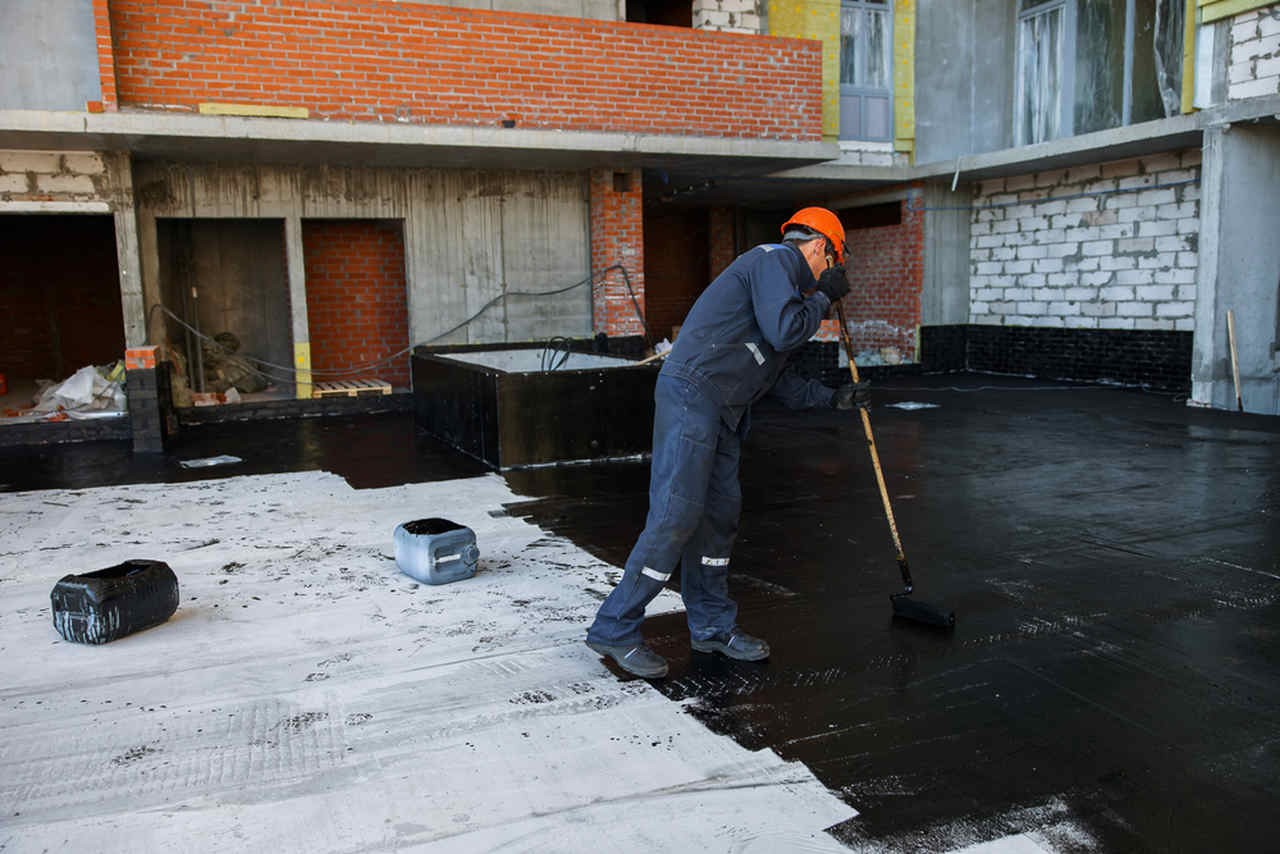
The polyurethane liquid membrane waterproofing method is used for the flat roof area and provides insulation of the roof against external factors. Highly flexible polyurethane liquid membranes are designed not to be affected by external factors.
Before applying polyurethane membranes, it is necessary to consider that they are sensitive to moisture. For this reason, it is necessary to evaluate the moisture content of the concrete slab before the application and to prevent the peeling or loosening of the membranes.
The Polyurethane - Bitumen Based, Two Component, Liquid Waterproofing Material - PU-B 2K, which is included in the Baumerk product catalog, provides the ideal living spaces by providing the most accurate waterproofing required on exterior surfaces such as balconies, terraces, and roofs.
